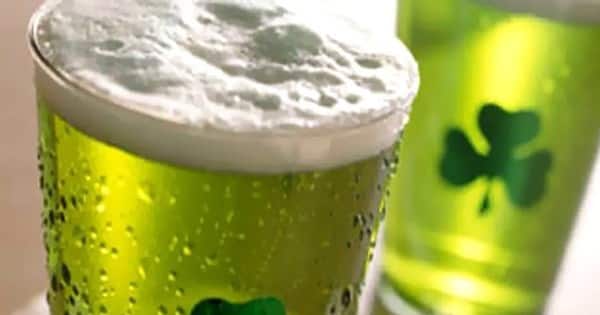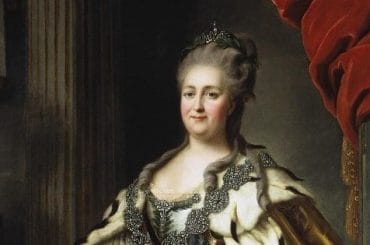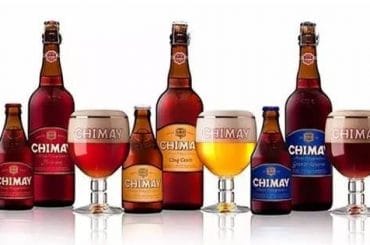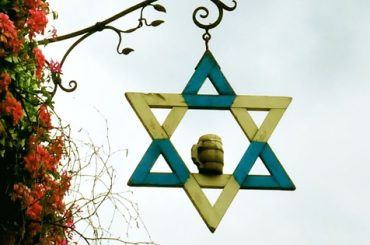This post is also available in:
Español
Português
Almost everyone agrees that the tradition of consuming green-tinted beer on St. Patrick’s Day is not an Irish tradition; however, very few know the true story of the origin of this custom, where and how it began.

One of the most widespread stories about the origin of green beer for St. Patrick’s Day suggests that it is related to the Irish custom of adding a clover for good luck to a pint of beer while drinking it.
Contenido
Myths about green beer on St. Patrick’s Day
Another widely circulated theory claims that green beer was a form of protest by a group of Irish university students against the decision of English authorities to move exams to these dates.
However, the truth is that the first known record of the tradition of consuming green beer on St. Patrick’s Day occurred in the United States 103 years ago.
The true origin of green beer
It is believed to have originated in New York in 1914, and its creation is attributed to a doctor of Irish descent named Thomas Hayes Curtin. While attending the St. Patrick’s Day celebration on March 17 at the “Schnerer Club” – a social club located in the Bronx – he reportedly presented his new creation.
According to statements from a witness who attended the celebration:
During that day, everything possible was dyed or decorated in green, while Irish songs were sung non-stop as green beer was consumed.
And it was not a glass painted green, but actual green beer in a regular transparent glass, where the amber hue had disappeared.
The tradition spreads worldwide
The story began to gain attention almost a week later, on March 26, 1914, through a brief report by journalist Charles Henry Adams, who was present at the event.
Adams, in his column titled “New York Day By Day” for the newspaper The Evening Independent, wrote:
All the doctor would say to the curious is that the effect of the green beer was caused by a drop of blue ink poured into a certain amount of amber beer.
Indeed, as it was later revealed, Dr. Curtin had added a small amount of an industrial blue compound called “Wash Blue,” a solution of iron powder used to whiten clothes, which is now considered poisonous.
Thanks to this addition, the beer acquired a green appearance as a result of the mixture of tones between the whitener and the natural color of amber beer, giving rise to a tradition that has spread worldwide.
Today, many breweries add natural, flavorless coloring to their amber beers to achieve the same effect and continue a tradition that has now lasted for over 100 years.
Recommendations
- CBD Oil: Cannabidiol benefits and contraindications
- What is the difference between growing a business and growing a brand?







